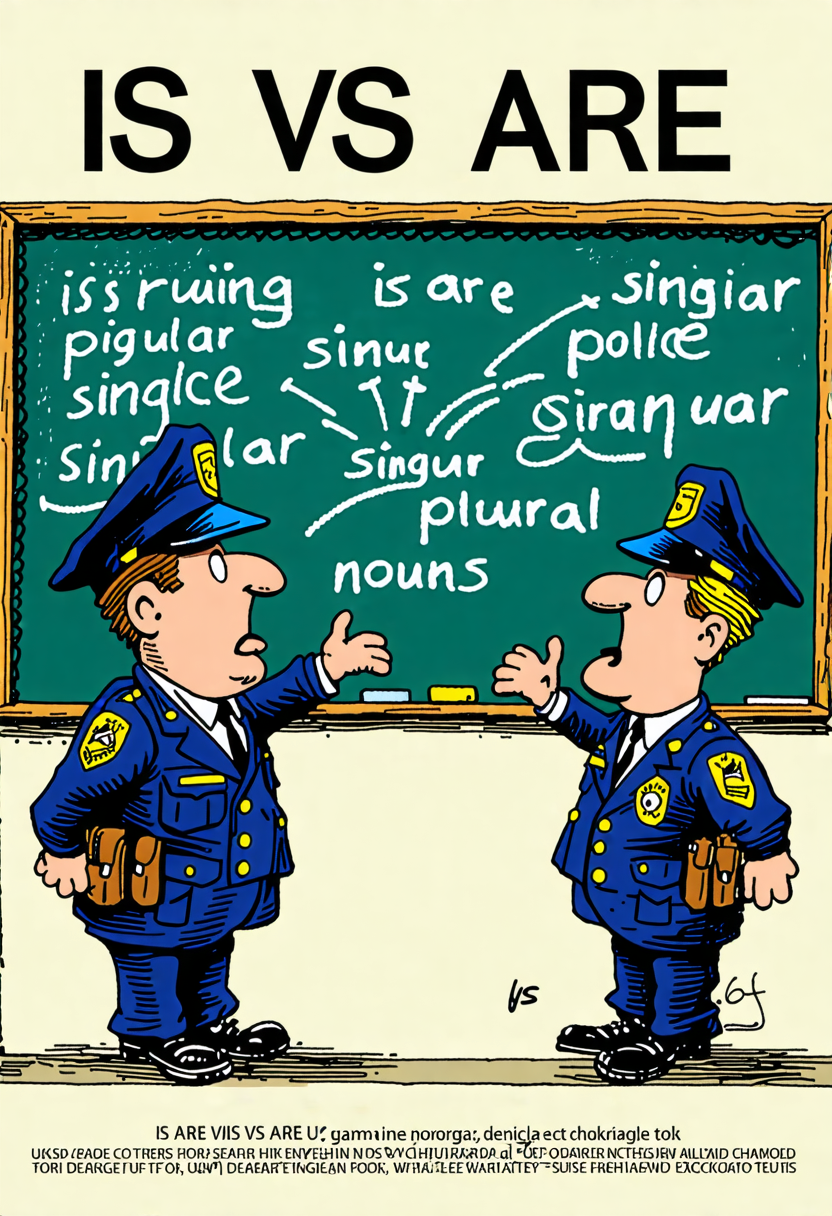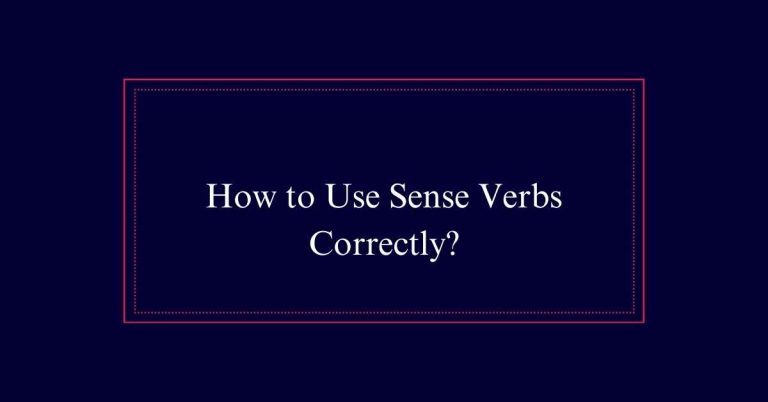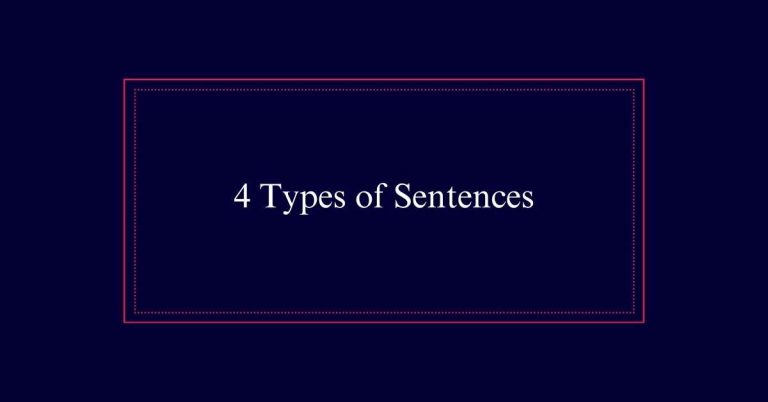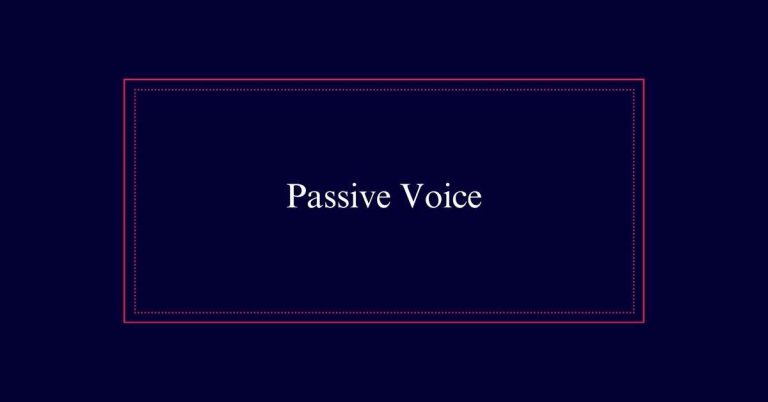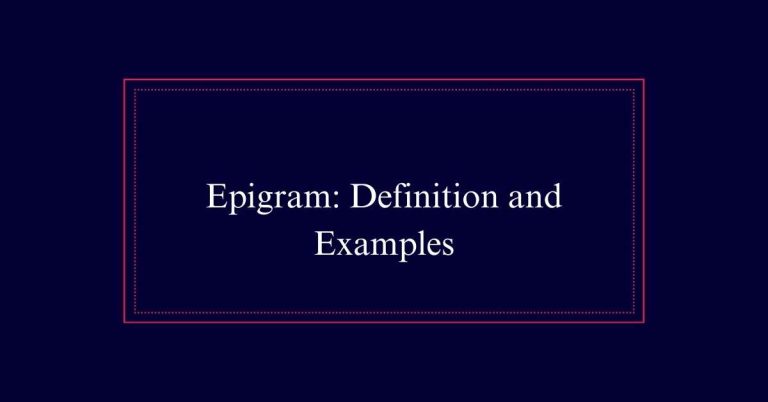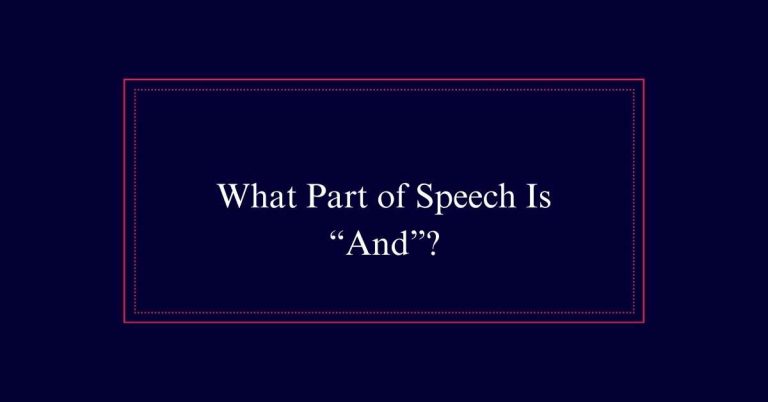Is vs Are
Use ‘is’ with singular subjects, e.g., ‘The cat is sleeping.’ Use ‘are’ with plural subjects, e.g., ‘The cats are sleeping.’ For subjects connected by ‘and,’ use ‘are,’ e.g., ‘Tom and Jerry are friends.’ For subjects connected by ‘or’ or ‘nor,’ match the verb to the nearest subject, e.g., ‘Neither the cat nor the dogs are hungry.’ In American English, collective nouns typically use ‘is,’ e.g., ‘The team is winning.’
British English allows both ‘is’ and ‘are’ with collective nouns depending on whether the group acts as a unit or individuals.
Understanding ‘Is’ and ‘Are’
Understanding the correct usage of ‘is’ and ‘are’ is essential for clear and accurate communication. When dealing with collective nouns, the rules can vary between American and British English.
A collective noun refers to a group of people or things treated as a single entity. For instance, the word ‘committee’ is a collective noun.
In American English, collective nouns typically take the singular verb ‘is.’ For example, ‘The committee is considering the budget right now.’
In British English, collective nouns can also take the singular verb ‘is,’ but it is sometimes acceptable to use ‘are’ to emphasize the individuals within the group.
Singular Vs. Plural
In addition to collective nouns, distinguishing between singular and plural forms is important for correct verb usage. Singular subjects require the verb ‘is.’ For example, ‘The cat is sleeping.’ Plural subjects require ‘are.’ For instance, ‘The cats are sleeping.’ This distinction is vital to convey the correct meaning in sentences.
When subjects are connected by ‘and,’ they generally take ‘are,’ such as in ‘Tom and Jerry are friends.’ However, when subjects are connected by ‘or’ or ‘nor,’ the verb should agree with the nearest subject, like in ‘Neither the cat nor the dogs are hungry.’
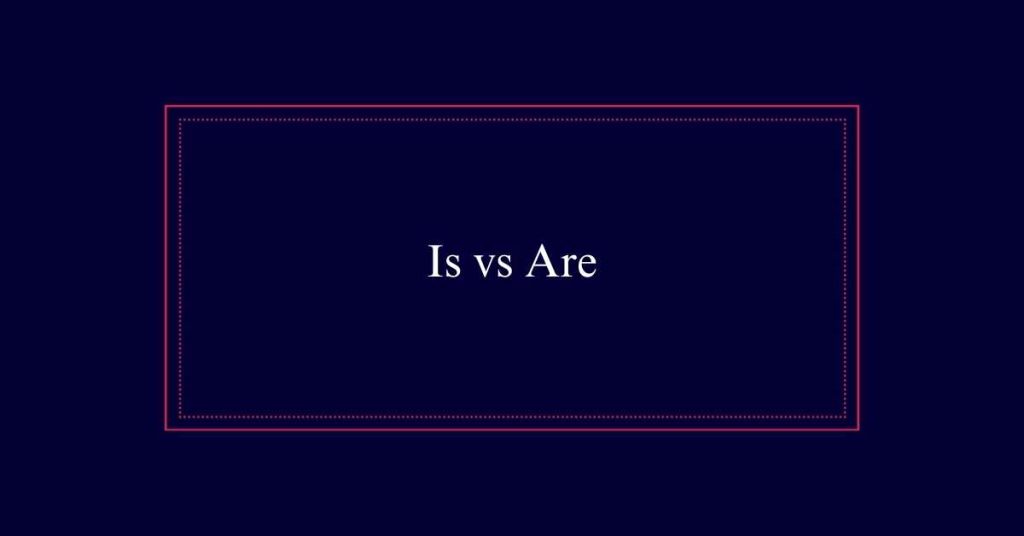
Collective Nouns in American English
Collective nouns in American English typically take the singular verb ‘is’ to emphasize the group as a single entity. This rule helps maintain clarity in sentences. For instance, when referring to a committee, we say, ‘The committee is considering the budget right now.’ This indicates that the committee acts as one unit.
Here are some examples to illustrate this point:
- The team is winning the game.
- The family is planning a vacation.
- The jury is delivering its verdict.
- The staff is meeting today.
Collective Nouns in British English
British English allows collective nouns to take either the singular verb ‘is’ or the plural verb ‘are’, depending on whether the group is seen as a single entity or as individual members.
For example, ‘The committee is discussing the budget’ treats the committee as a single unit. In contrast, ‘The committee are debating among themselves’ emphasizes the individual members within the committee.
This flexibility distinguishes British English from American English, where collective nouns typically take a singular verb.
Emphasizing Individual Members
When emphasizing individual members within a group, the plural verb ‘are’ is often used. This approach highlights the actions or characteristics of each member rather than the group as a whole. For example, consider the sentence, ‘The couple are keeping secrets from each other.’ Here, the focus is on the individual actions of each partner.
To evoke a clearer understanding, consider these examples:
- The team are wearing their new uniforms today.
- The jury are divided in their opinions.
- The staff are preparing their presentations.
- The flock are flying in different directions.
How to Use Mass Nouns
Mass nouns, also known as noncount nouns, refer to substances or concepts that cannot be counted individually. Examples include sand, water, and pudding. These nouns represent something that is seen as a whole rather than separate units.
When using mass nouns, always pair them with the verb ‘is,’ regardless of whether you are using American or British English. For instance, you would say, ‘Water is essential for life,’ or ‘Pudding is delicious.’ This rule is consistent and helps maintain grammatical accuracy.
Using ‘Are’ With Numbers
In sentences involving numbers, the verb ‘are’ is used when referring to more than one person or thing. This rule applies to both countable items and groups of people. For instance, when discussing quantities, ‘are’ guarantees grammatical accuracy and clarity.
Consider the following examples:
- Five apples are on the table.
- Seven students are participating in the debate.
- Thirty books are available in the library.
- Hundreds of people are attending the concert.
In each case, the plural form of the subject dictates the use of ‘are.’ This helps convey the correct meaning and ensures the sentence structure is sound. Using ‘are’ with numbers supports clear communication and proper grammar.
There Is’ Vs. ‘There Are
Understanding the difference between ‘there is’ and ‘there are’ is essential for proper sentence construction. ‘There is’ is used with singular subjects, while ‘There are’ is used with plural subjects. This fundamental rule helps in crafting clear and grammatically correct sentences. When encountering collective nouns, typically use ‘there is’ as they are treated as a single entity. However, with phrases like ‘a number of’, use ‘there are’ since it implies plurality.
| Phrase | Correct Usage |
|---|---|
| There is a book. | Singular subject |
| There are books. | Plural subject |
| There is a team. | Collective noun |
| There are a number of issues. | Implies plurality |
Common Mistakes to Avoid
Many people often misuse ‘is’ and ‘are’ when dealing with collective and mass nouns. Errors in verb agreement can make sentences confusing and less professional.
Here are some common mistakes to avoid:
- Using ‘is’ with plural subjects: A common error, especially with sentences starting with ‘There are,’ is using ‘is’ instead. Example: ‘There is many problems’ should be ‘There are many problems.’
- Misusing ‘are’ with collective nouns: Remember, collective nouns like ‘team’ or ‘committee’ usually take ‘is’ in American English. Example: ‘The team are winning’ should be ‘The team is winning.’
- Confusing mass nouns: Mass nouns like ‘water’ or ‘sand’ should always use ‘is.’ Example: ‘The sand are hot’ should be ‘The sand is hot.’
- Incorrect subject-verb agreement: Always match the verb to the subject. Example: ‘A number of books is on the table’ should be ‘A number of books are on the table.’
Practice Examples
To master the correct usage of ‘is’ and ‘are,’ let’s examine a few practice examples.
Consider the sentence: ‘The committee is discussing the new policy.’ Here, ‘committee’ is a collective noun, so ‘is’ is used.
For emphasis on individual members, use ‘are’: ‘The couple are arguing.’
With mass nouns like ‘water,’ use ‘is’: ‘Water is essential for life.’
When referring to a number of people, use ‘are’: ‘Several students are attending the seminar.’
For the phrase ‘There is’ or ‘There are,’ look at the subject: ‘There is a problem’ (singular) versus ‘There are many issues’ (plural).
Practicing these examples will enhance your understanding of ‘is’ and ‘are.’
